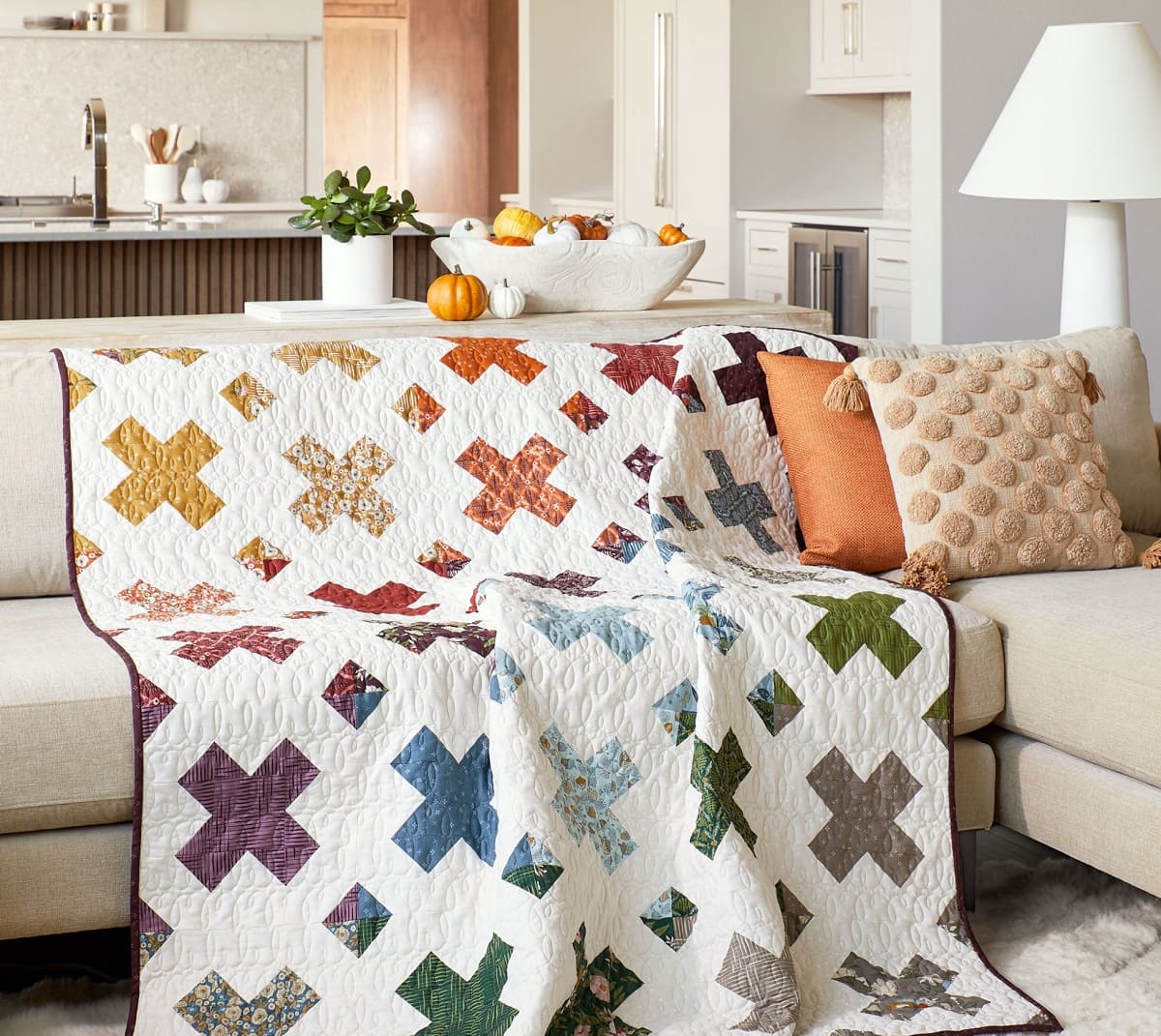

Articles
How Many Fat Quarters For A Queen Size Quilt
Modified: August 22, 2024
"Discover how many fat quarters you need for creating a stunning queen size quilt. Read our informative articles to get expert advice and tips on quilting."
(Many of the links in this article redirect to a specific reviewed product. Your purchase of these products through affiliate links helps to generate commission for Storables.com, at no extra cost. Learn more)
Introduction
Quilting is a beloved craft that allows for creativity and self-expression. Whether you’re a seasoned quilter or just starting out, one common question that arises is how many fat quarters are needed for making a queen size quilt. Fat quarters are widely used in quilting projects due to their versatility and convenience. In this article, we will explore the concept of fat quarters and guide you on determining the number required for a queen size quilt.
Understanding Fat Quarters
A fat quarter is a quarter-yard piece of fabric that is cut in a different manner compared to a traditional 9-inch by 44-inch quarter-yard piece. Instead of the fabric being cut into a long strip, it is cut into a rectangular shape, typically measuring 18 inches by 22 inches. This unique cut makes fat quarters ideal for quilting as they provide more flexibility and greater fabric selection for creating intricate designs and patterns.
Determining the Size of Your Quilt
Before calculating the number of fat quarters needed, it is crucial to determine the size of the queen size quilt you intend to make. Queen size quilts typically measure around 90 inches by 108 inches, but the dimensions can vary depending on personal preference and design considerations. Having a clear understanding of the desired dimensions will help in accurately estimating the number of fat quarters required for your specific project.
Calculating Fat Quarters Required for a Queen Size Quilt
The number of fat quarters needed for a queen size quilt depends on various factors, including the complexity of the quilt pattern/design and the width of the fabric. One standard approach to estimating fat quarter requirements is to assume that two fat quarters are equivalent to half a yard of fabric. Using this guideline, you can calculate the number of fat quarters required by dividing the total quilt yardage (in this case, around 10 yards) by 0.5 (half a yard).
For example, if you plan to use 10 yards of fabric for your queen size quilt, the calculation would be as follows:
10 yards / 0.5 = 20 fat quarters
Therefore, you would approximately need 20 fat quarters to complete your queen size quilt.
Key Takeaways:
- Fat quarters offer flexibility and convenience for quilting, with approximately 20 fat quarters needed for a queen size quilt. Consider factors like pattern complexity and fabric width for accurate estimation.
- Utilize fat quarters to unleash your creativity in quilting. Pre-wash and organize your fabric, mix and match prints, and embrace improvisation to create stunning, one-of-a-kind quilts.
Read more: How Many Fat Quarters To Make A Baby Quilt
Understanding Fat Quarters
Fat quarters are a popular choice among quilters for various reasons. To fully understand their significance, it’s important to delve into the characteristics and advantages they offer.
A fat quarter is a piece of fabric that measures 18 inches by 22 inches. It gets its name from the way it is cut from a yard of fabric. Instead of cutting a long, narrow strip from the fabric, a fat quarter is created by cutting the fabric in half widthwise and then in half lengthwise. This resulting rectangle allows for more flexibility and versatility in quilting projects.
One of the primary benefits of using fat quarters in quilting is the ability to incorporate a wide range of prints and patterns. Traditional quarter-yard cuts limit the quilter’s options since the fabric is in a long, skinny strip. With a fat quarter, you have a larger piece of fabric to work with, making it easier to showcase intricate designs and motifs without being constrained by the shape of the fabric.
Another advantage of fat quarters is their compatibility with various quilting techniques. The larger size allows for more freedom when cutting shapes and pieces for patchwork, appliqué, and other designs. Fat quarters are often used to create quilt blocks, borders, or bindings, as they offer ample fabric to cut and piece together without having to rely solely on standard quarter-yard cuts.
Furthermore, fat quarters provide convenience and efficiency. They are pre-cut and packaged, making them readily available for purchase in local quilt shops and online fabric stores. This eliminates the need to measure and cut fabric from a larger piece, saving time and effort during the preparation stage of a quilting project.
Due to their versatility, fat quarters can be utilized in various quilting projects beyond quilts. They can be used to create smaller items like pouches, bags, table runners, or even fabric jewelry. The diverse selection of prints and colors available in fat quarter bundles makes it easy to mix and match fabrics for coordinating projects or to experiment with different combinations.
Overall, fat quarters offer an excellent solution for quilters who appreciate diversity and flexibility in their projects. Their unique cut and convenient packaging make them an ideal choice for various quilting techniques, and the ability to incorporate different prints and colors adds depth and interest to the final quilt design. Whether you’re a beginner or an experienced quilter, fat quarters provide endless creative possibilities to unleash your artistic vision.
Determining the Size of Your Quilt
Before embarking on your quilting project and calculating the number of fat quarters required, it’s important to determine the desired size of your quilt. Queen size quilts are a popular choice due to their versatility and ability to fit on various bed sizes.
The standard dimensions for a queen size quilt are approximately 90 inches by 108 inches. However, it’s essential to consider personal preferences and other factors when determining the size of your quilt. For example, you may prefer a slightly larger quilt that drapes generously over the bed, or you may want a smaller size for a specific purpose, such as a lap quilt or a decorative wall hanging.
Consider the dimensions of your bed if you plan to use the quilt for practical purposes. Queen size beds typically measure around 60 inches by 80 inches, with some variation depending on the specific brand or model. A quilt that measures 90 inches by 108 inches will provide ample coverage for a standard queen size bed, allowing for comfortable tucking and hanging over the edges.
Think about how you want the quilt to fit on the bed. Some quilters prefer a quilt that hangs over the edges of the mattress and box spring, creating a luxurious and visually pleasing effect. Others may prefer a quilt that falls flat and is a more precise fit to the mattress. Consider the style and aesthetic you wish to achieve to determine the ideal dimensions for your quilt.
Additionally, take into account any specific design considerations when determining the size of your quilt. If you plan to incorporate complex blocks, elaborate borders, or intricate quilting motifs, you may need to adjust the size of the quilt accordingly to ensure that the design elements are showcased properly.
Once you have determined the desired dimensions of your quilt, it will be easier to calculate the number of fat quarters needed to complete the project. Remember to account for any additional fabric requirements for borders, backing, and binding, as these will also contribute to the overall size of the quilt.
By carefully considering the size of your quilt, you can ensure that your finished project meets your expectations both aesthetically and functionally. Taking the time to plan and visualize your desired quilt size will help you create a stunning and cohesive piece that will bring joy and warmth for years to come.
Calculating Fat Quarters Required for a Queen Size Quilt
Now that you have determined the desired size of your queen size quilt, it’s time to calculate the number of fat quarters needed to bring your quilting project to life. The number of fat quarters required depends on various factors, including the complexity of the quilt pattern/design and the width of the fabric.
A standard guideline that many quilters follow is considering two fat quarters equivalent to half a yard of fabric. This conversion allows for easier estimation and calculation when determining the number of fat quarters needed for a particular project.
To calculate the number of fat quarters required for your queen size quilt, you’ll first need to know the total yardage of fabric needed. Since fat quarters are usually packaged in quarters of a yard, you can convert the total yardage into the number of fat quarters by dividing it by half a yard (0.5).
Let’s consider an example. Suppose your queen size quilt requires a total of 10 yards of fabric. To calculate the number of fat quarters needed:
10 yards / 0.5 = 20 fat quarters
Based on this calculation, you would need approximately 20 fat quarters to complete your queen size quilt. Keep in mind that this is just a rough estimate, and you may require some additional fat quarters to account for pattern matching, fussy cutting, or any potential mistakes during the cutting or piecing process.
If you prefer to work with metric measurements, the same logic can be applied. For example, if your queen size quilt requires 9 meters of fabric, you can calculate the number of fat quarters needed as follows:
9 meters / 0.5 = 18 fat quarters
Remember that these calculations assume that you are using fat quarters exclusively for your quilt. If you plan to incorporate additional fabric cuts, such as half-yard or full-yard cuts, you will need to adjust the number of fat quarters accordingly.
Keep in mind that these calculations are intended as a general guideline. The complexity of your quilt design, the seam allowances, and any variations in fabric width can influence the number of fat quarters required. It’s always a good idea to add a few extra fat quarters to your estimate to account for any unexpected changes or modifications you may want to make as you work on your quilt.
By taking the time to accurately calculate the number of fat quarters needed, you can ensure that you have enough fabric on hand to bring your queen size quilt to completion without any unnecessary delays or frustrations.
A queen size quilt typically requires around 30 fat quarters, depending on the pattern and design. It’s always a good idea to buy a few extra to account for any mistakes or variations in cutting.
Factors that Can Influence Fat Quarter Requirements
While the general guideline of two fat quarters being equivalent to half a yard of fabric provides a starting point for estimating the number of fat quarters needed for a queen size quilt, it’s important to consider various factors that can influence the actual requirements. These factors can affect the amount of fabric needed and ultimately impact the number of fat quarters required for your quilt project.
Quilt Pattern/Design Complexity: The complexity of your quilt pattern or design can significantly impact the amount of fabric needed. Intricate designs with multiple small pieces or complex block patterns may require more fabric to accommodate precise cutting and piecing. On the other hand, simpler designs with larger pieces may require less fabric.
Seam Allowances: Seam allowances are an important consideration when determining fabric requirements. Larger seam allowances will consume more fabric, while narrower allowances may require less. Ensure that you account for your chosen seam allowance in your calculations to avoid running out of fabric.
Fabric Width: Fabric width can vary, typically ranging from 42 to 44 inches. Some fabrics may even have a narrower width. The width of your chosen fabric can impact the number of fat quarters needed, as narrower fabrics may require more cuts to achieve the desired dimension. Be sure to check the width of your fabric and adjust your calculations accordingly.
Pattern Matching or Fussy Cutting: If your quilt design requires pattern matching or fussy cutting, additional fabric may be necessary. Pattern matching involves aligning pattern elements across seams or blocks, which can result in more fabric waste. Fussy cutting refers to deliberately selecting specific motifs or parts of the fabric to create desired effects, which may require more fabric to achieve the desired result.
Border or Binding Considerations: If your quilt design includes borders or binding, you’ll need to account for additional fabric. Borders and bindings often require longer fabric cuts and can significantly impact the overall fabric requirements. Be sure to factor in the desired width and length of your borders and bindings when calculating fat quarter needs.
Piecing Mistakes or Modifications: Quilting projects are not immune to mistakes or changes in design preferences. It’s always a good idea to have a few extra fat quarters on hand to account for any miscalculations, errors, or modifications you may want to make along the way. Having a buffer of extra fabric ensures that you have enough to complete your quilt even in unforeseen circumstances.
Considering these factors when estimating the number of fat quarters required for your queen size quilt will help you make more accurate calculations and ensure that you have enough fabric to complete your project. Always remember to be flexible and adaptable in your approach and be prepared to make adjustments as needed to achieve the desired outcome.
Read more: How To Make A Quilt With Fat Quarters
Adjusting Fat Quarters for Pattern or Design Variations
When it comes to quilting, pattern and design variations can add an extra layer of creativity and uniqueness to your projects. However, these variations may also affect the number of fat quarters needed for your queen size quilt. It’s important to consider these factors and make adjustments to your fabric requirements accordingly.
Pattern Repeats: If your quilt pattern has a repeating motif or design, you may need to ensure that you have enough fabric to match up the pattern across different sections of the quilt. This can result in extra fabric usage, as you’ll need additional fabric to align and match the patterns seamlessly. Consider this when estimating the number of fat quarters needed, especially if your design heavily relies on pattern continuity.
Fussy Cutting: Fussy cutting is the technique of deliberately cutting specific motifs or elements from the fabric to feature them prominently in your quilt design. This technique allows you to highlight particular elements and create visually striking effects. However, fussy cutting may require more fabric as you selectively cut around the desired motifs. Plan for the potential waste and adjust your fat quarter calculations accordingly to ensure you have enough fabric for fussy cutting.
Complex Blocks or Sections: If your quilt design involves intricate blocks or sections that require precise cutting and piecing, you might need more fabric to ensure that you have enough to work with. Complex block patterns with small pieces and intricate shapes often result in more fabric waste due to the necessary precision. Consider this when estimating your fabric requirements to avoid running short of fabric during the quilting process.
Adjusting Fabric Placement: Sometimes, during the quilting process, you might realize that certain fabrics don’t look as desirable in the intended placement. In such cases, you may want to swap fabrics or change their placement to achieve a more appealing design. This adjustment can result in changes in fabric requirements, as you might need additional fat quarters or have some leftover. Be prepared to adapt and make necessary adjustments based on your aesthetic preferences and choices.
Adding Borders or Embellishments: Borders and embellishments add the finishing touches to a quilt and can significantly impact the overall fabric requirements. Consider the size and width of borders when calculating the number of fat quarters needed. Additionally, if you plan to add embellishments such as appliqué or embroidery, you may require extra fabric beyond what is initially estimated.
Experimentation and Creativity: Quilting is an art form that encourages experimentation and creativity. It’s important to allow yourself the freedom to explore different ideas and make adjustments along the way. While estimating the number of fat quarters needed is essential for planning, be open to modifying your fabric requirements based on your design choices and creative instincts.
Remember, these adjustments for pattern or design variations may require additional fabric, so it’s always a good idea to have some extra fat quarters on hand. Being adaptable and flexible in your approach will allow you to create a quilt that reflects your unique style and vision.
Additional Tips for Using Fat Quarters in Quilting
Using fat quarters in quilting projects not only offers convenience but also allows for endless creative possibilities. Here are some additional tips to help you get the most out of your fat quarters and enhance your quilting experience:
Pre-wash and Press: Before beginning any quilting project, it’s a good idea to pre-wash and press your fat quarters. This helps remove any residual chemicals or dirt and ensures that your fabric is clean and ready for use. Pressing the fabric also helps eliminate any wrinkles or creases, allowing for accurate cutting and piecing.
Organize and Label: Keep your fat quarters organized and easily accessible by sorting them by color, pattern, or theme. Consider using storage containers or bins to keep them neatly folded and labeled. This makes it easier to find the perfect fat quarter for your next project without having to rummage through a jumbled collection.
Mix and Match: Don’t be afraid to mix and match your fat quarters to create unique combinations and color schemes. Experiment with different prints, textures, and color palettes to add depth and visual interest to your quilt design. Fat quarters allow you to easily blend fabrics and create striking contrasts that elevate your quilts to the next level.
Consider Coordinating Fabrics: If you have a specific pattern or design in mind, select fat quarters that coordinate well with each other. Look for fabrics that share similar color tones or prints from the same fabric collection. Coordinating fabrics can help create a cohesive look and ensure that your quilt design flows seamlessly.
Creative Cutting: Fat quarters provide ample fabric for creative cutting techniques. Explore different ways of cutting and piecing your fabric, such as strip piecing, half-square triangles, or fabric manipulation techniques like pleating or folding. This adds dimension and texture to your quilt design and allows you to showcase your creativity.
Save Scraps: Keep a stash of fabric scraps from your fat quarters. These leftover pieces can come in handy for smaller quilting projects, appliqué work, or adding decorative elements to your quilts. Scraps can also be used for piecing together unique quilt backs or creating quilt labels.
Use Fat Quarter Bundles: Fat quarter bundles are coordinated collections of fabrics that work well together. They often include a range of prints and colors from the same fabric line or designer. By using fat quarter bundles, you can ensure a harmonious and balanced quilt design without worrying about selecting individual fat quarters.
Share and Swap: Consider participating in fat quarter exchanges or swaps with other quilters. This allows you to diversify your fabric collection and discover new prints and patterns. It’s a great way to connect with other quilters and gain inspiration for future projects.
Embrace Improvisation: While it’s important to plan and estimate the number of fat quarters needed, don’t be afraid to embrace improvisation. Quilting is a creative journey, and sometimes the best ideas come spontaneously. Allow yourself to adapt and modify your design as you go along, incorporating additional fat quarters or adjusting the layout to achieve the desired effect.
Using fat quarters in quilting projects opens up a world of possibilities. By following these tips, you can make the most of your fat quarters and create stunning, one-of-a-kind quilts that reflect your personal style and artistic vision.
Conclusion
Fat quarters are a versatile and convenient option for quilters, offering endless possibilities for creating stunning and unique quilts. In this article, we explored the concept of fat quarters and discussed how to determine the number required for a queen size quilt.
Understanding the size of your quilt and considering factors such as complexity, fabric width, and design variations are crucial in accurately estimating the number of fat quarters needed. Adjustments may be necessary for pattern matching, fussy cutting, and other design considerations. It’s always helpful to have extra fat quarters on hand to allow for experimentation and modifications along the way.
We also shared additional tips for using fat quarters in quilting, including pre-washing and organizing your fabric, mixing and matching prints, and exploring creative cutting techniques. Saving scraps and participating in fabric exchanges can further enhance your quilting experience.
Quilting is a beautiful blend of artistry and craftsmanship, and fat quarters are an invaluable tool for quilters to express their creativity. Whether you’re a beginner or an experienced quilter, understanding how many fat quarters are needed for a queen size quilt ensures that you have enough fabric to bring your vision to life.
So, gather your fat quarters, let your imagination soar, and embark on your quilting journey. With careful planning, creativity, and a touch of ingenuity, you’ll create a quilt that is not only a cozy and functional masterpiece but also a reflection of your personal style and passion for the craft.
Frequently Asked Questions about How Many Fat Quarters For A Queen Size Quilt
Was this page helpful?
At Storables.com, we guarantee accurate and reliable information. Our content, validated by Expert Board Contributors, is crafted following stringent Editorial Policies. We're committed to providing you with well-researched, expert-backed insights for all your informational needs.
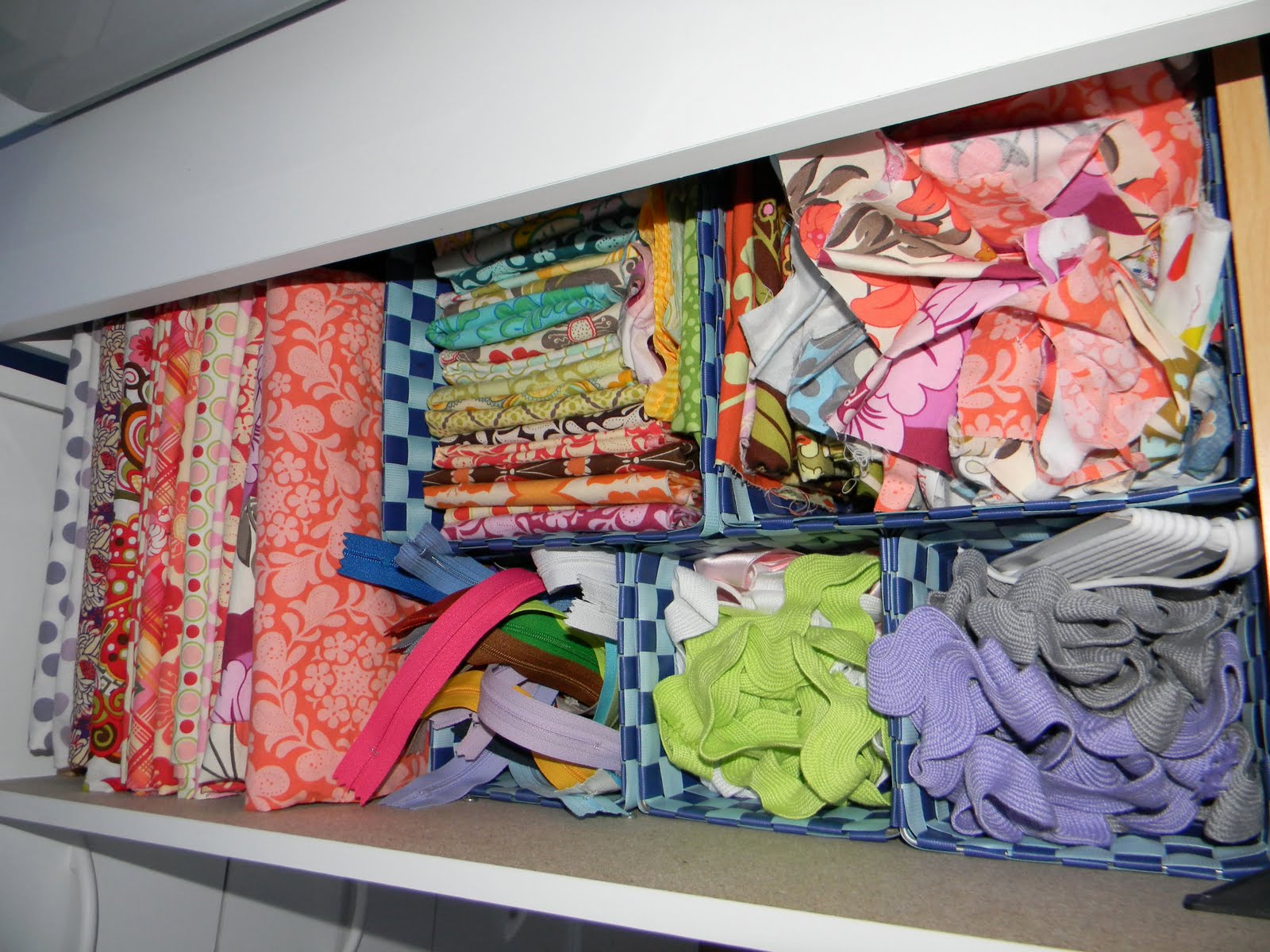
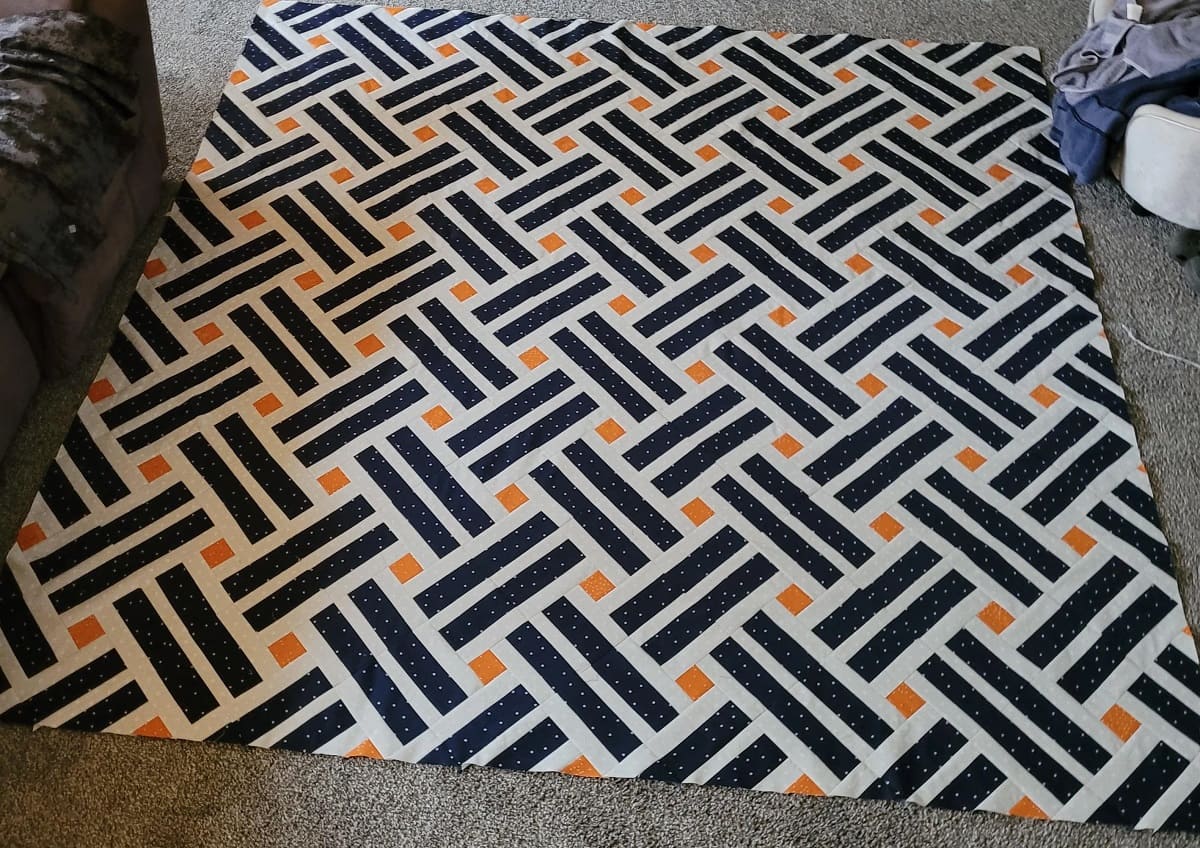
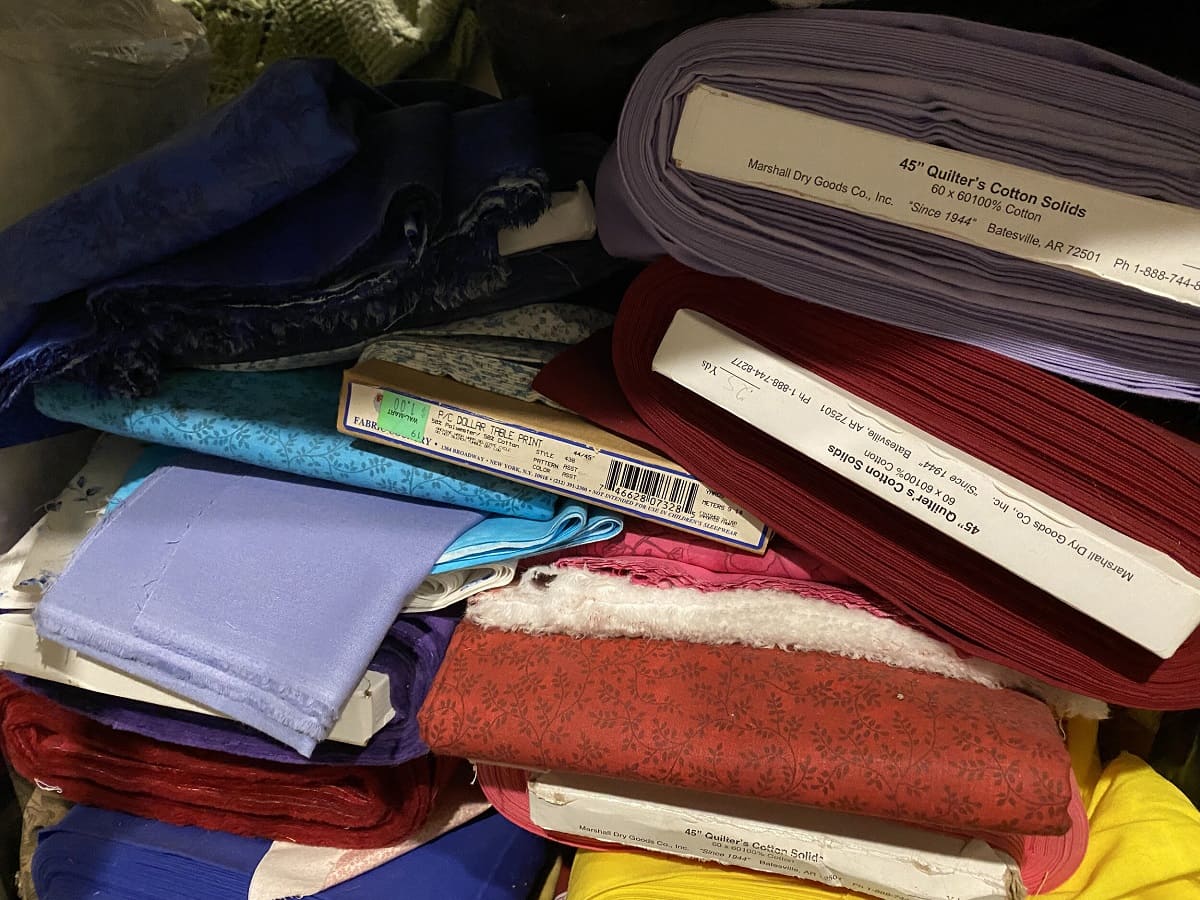
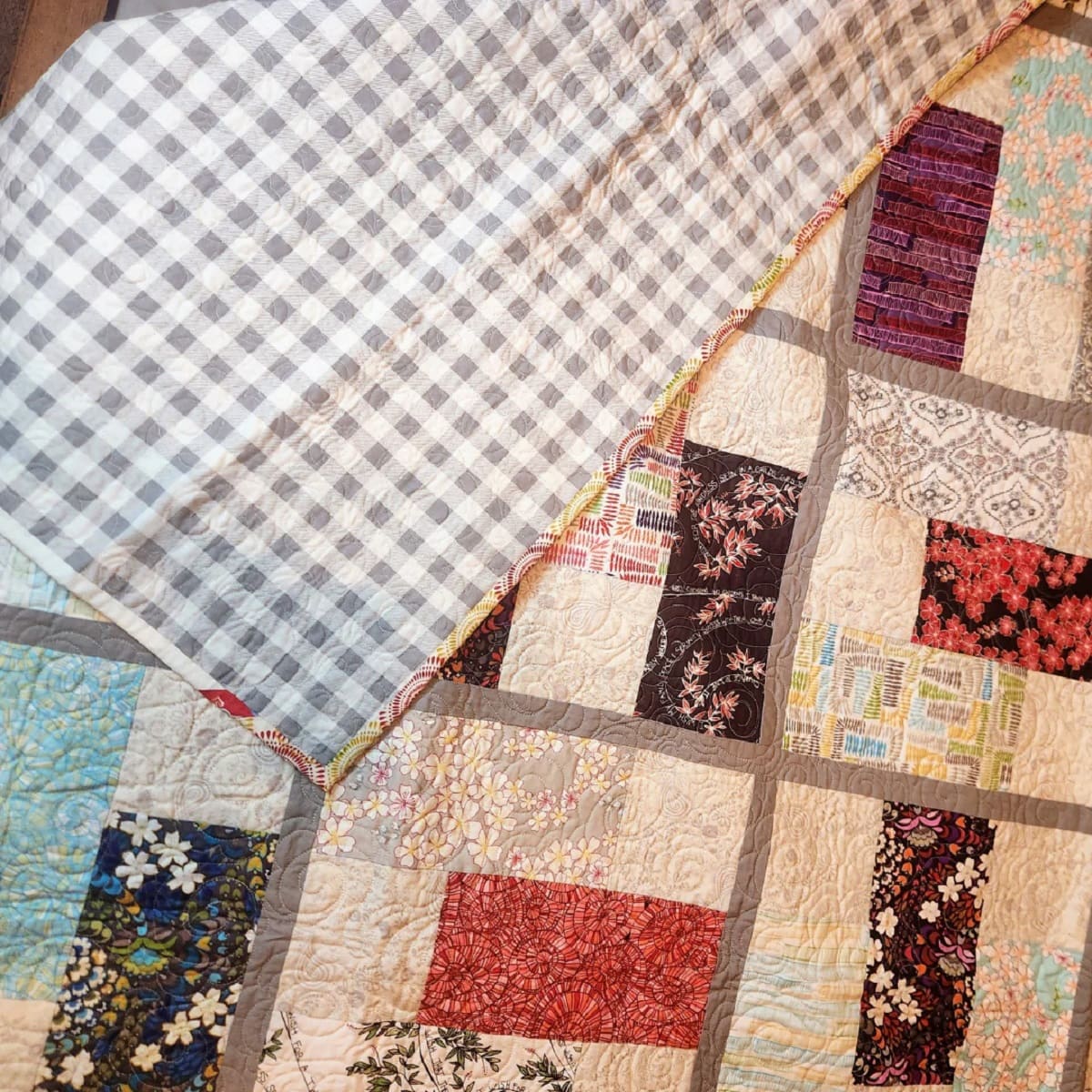
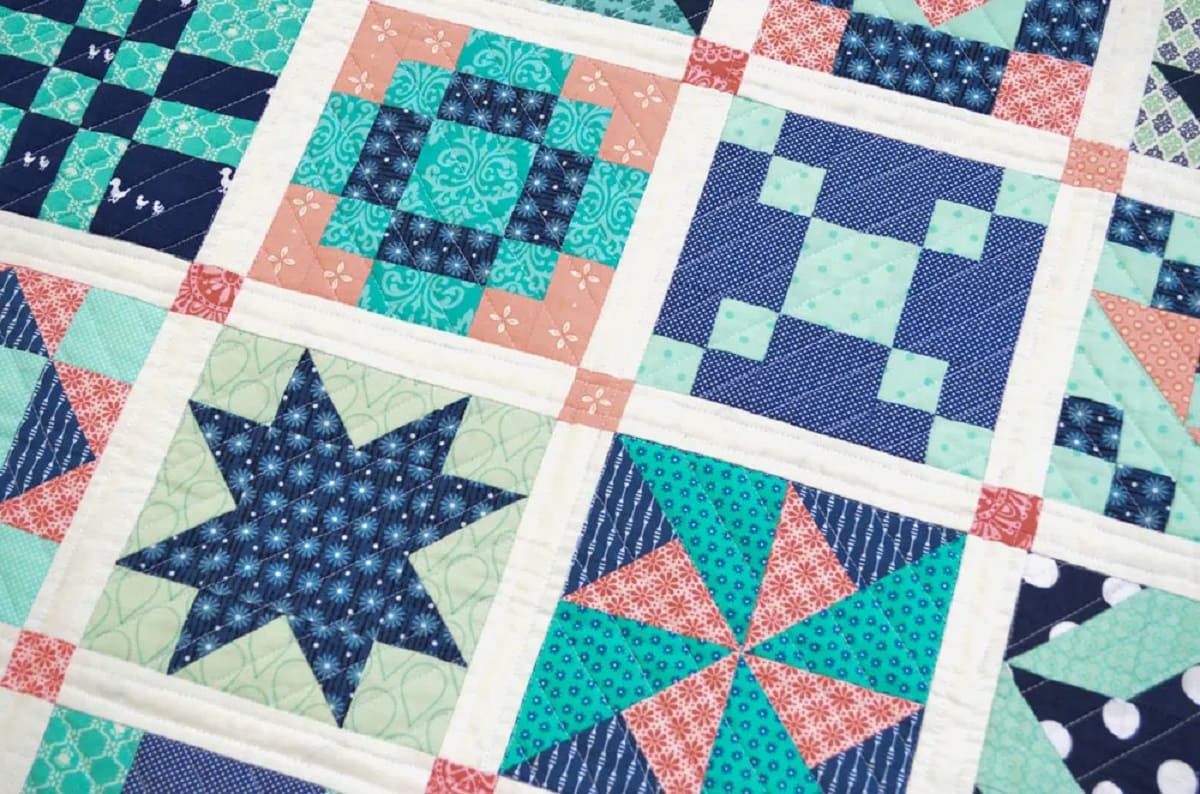
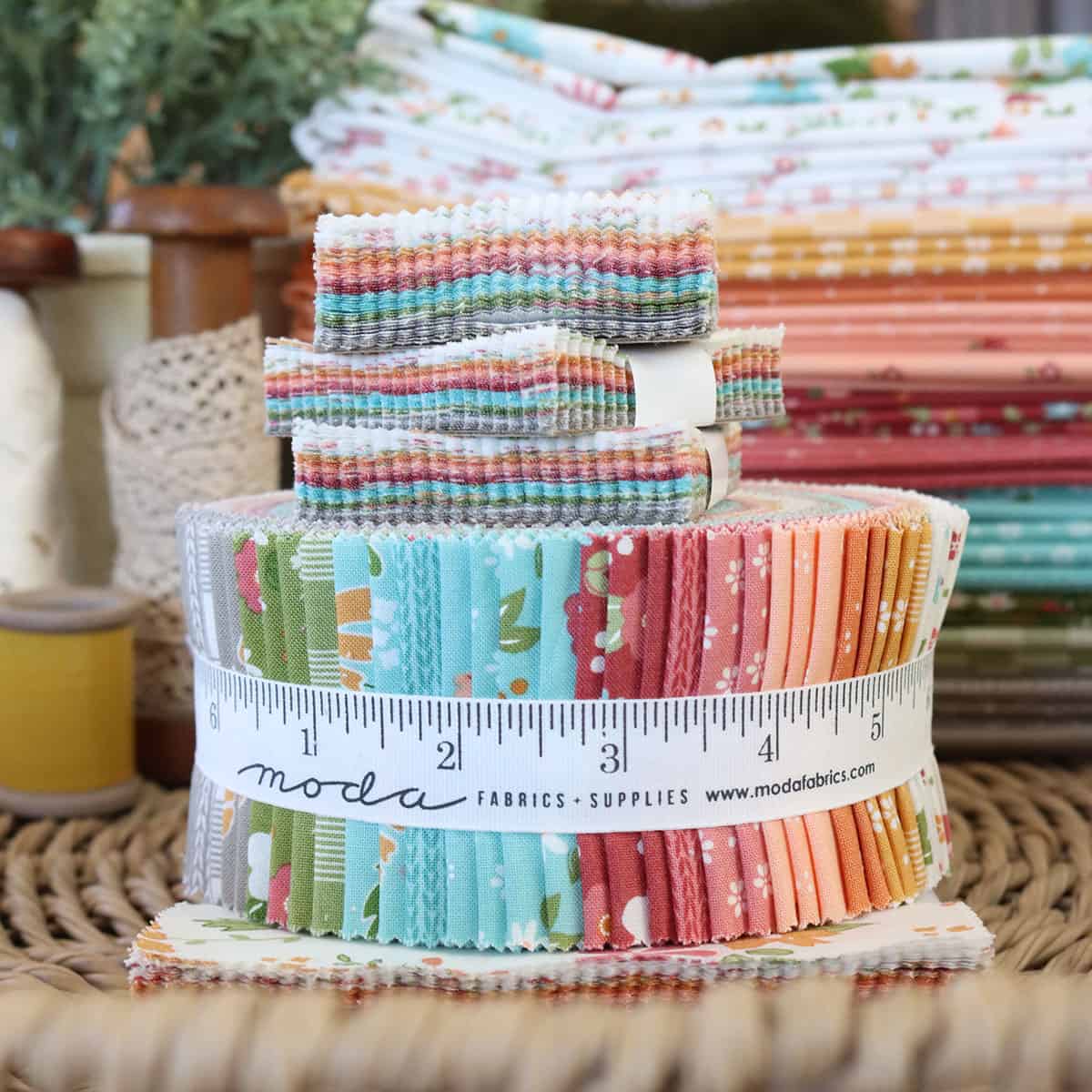
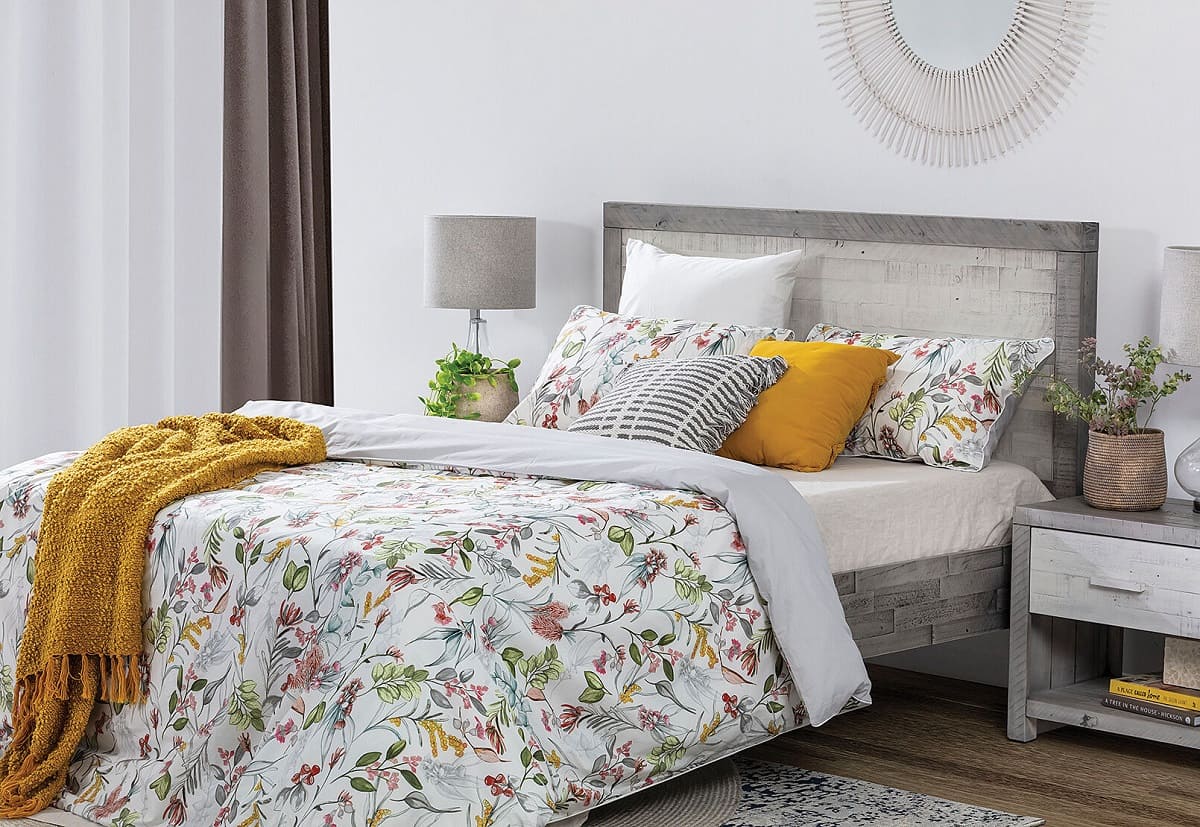
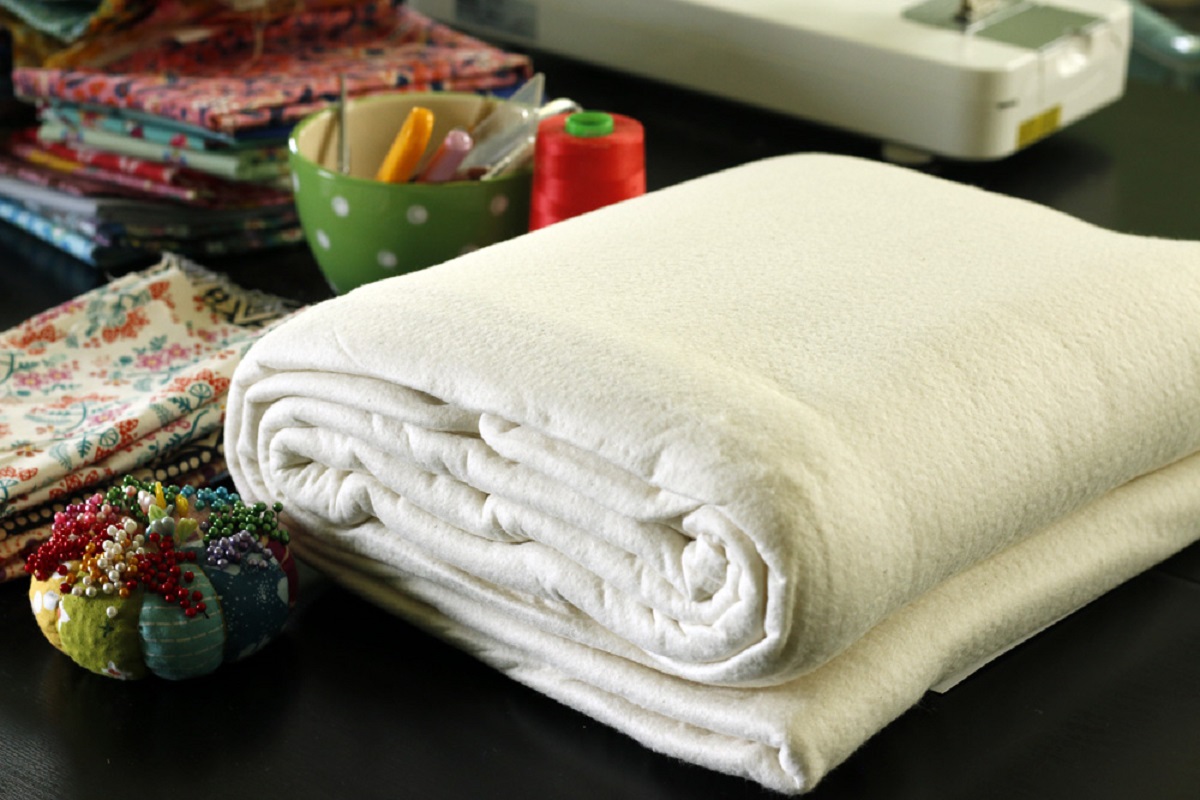
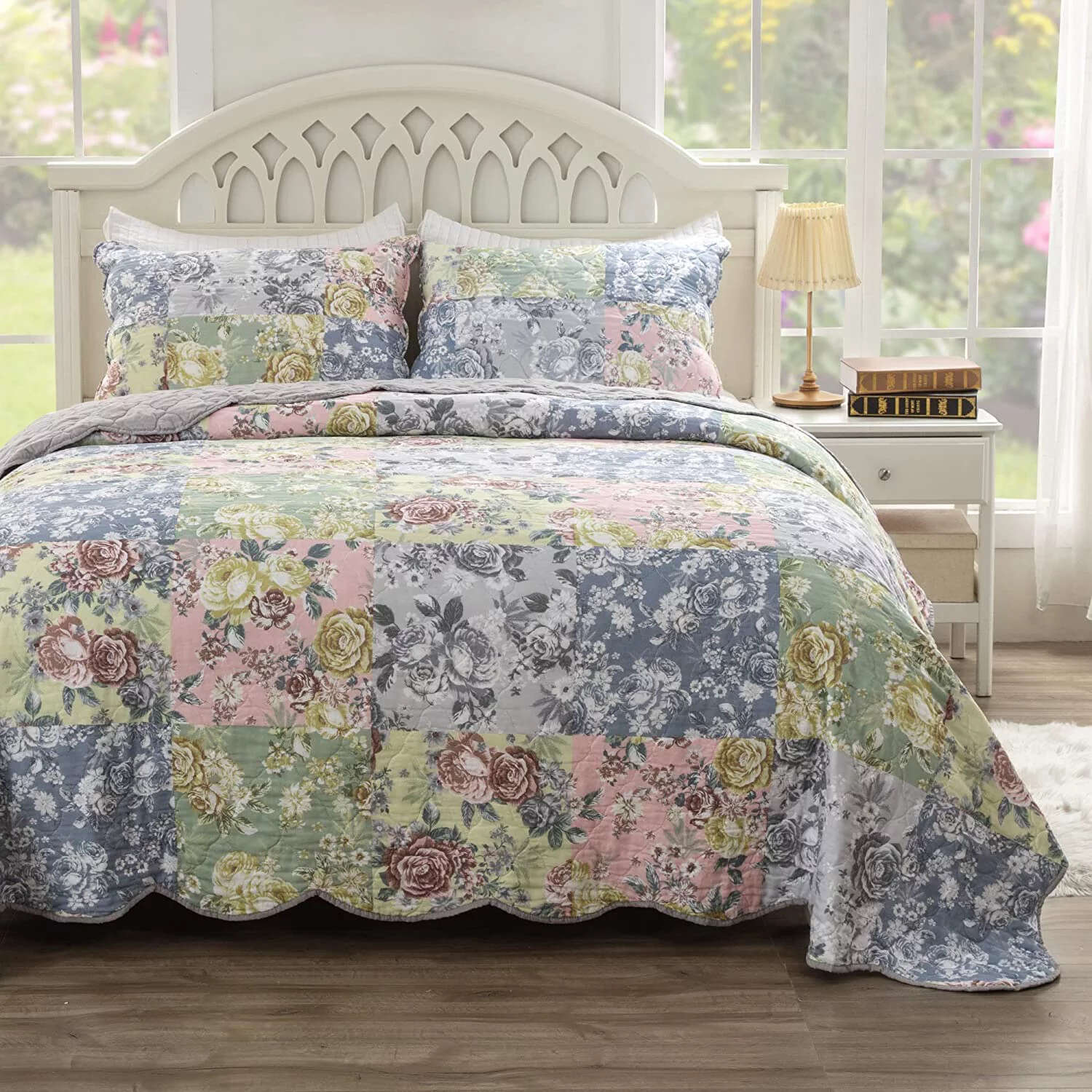
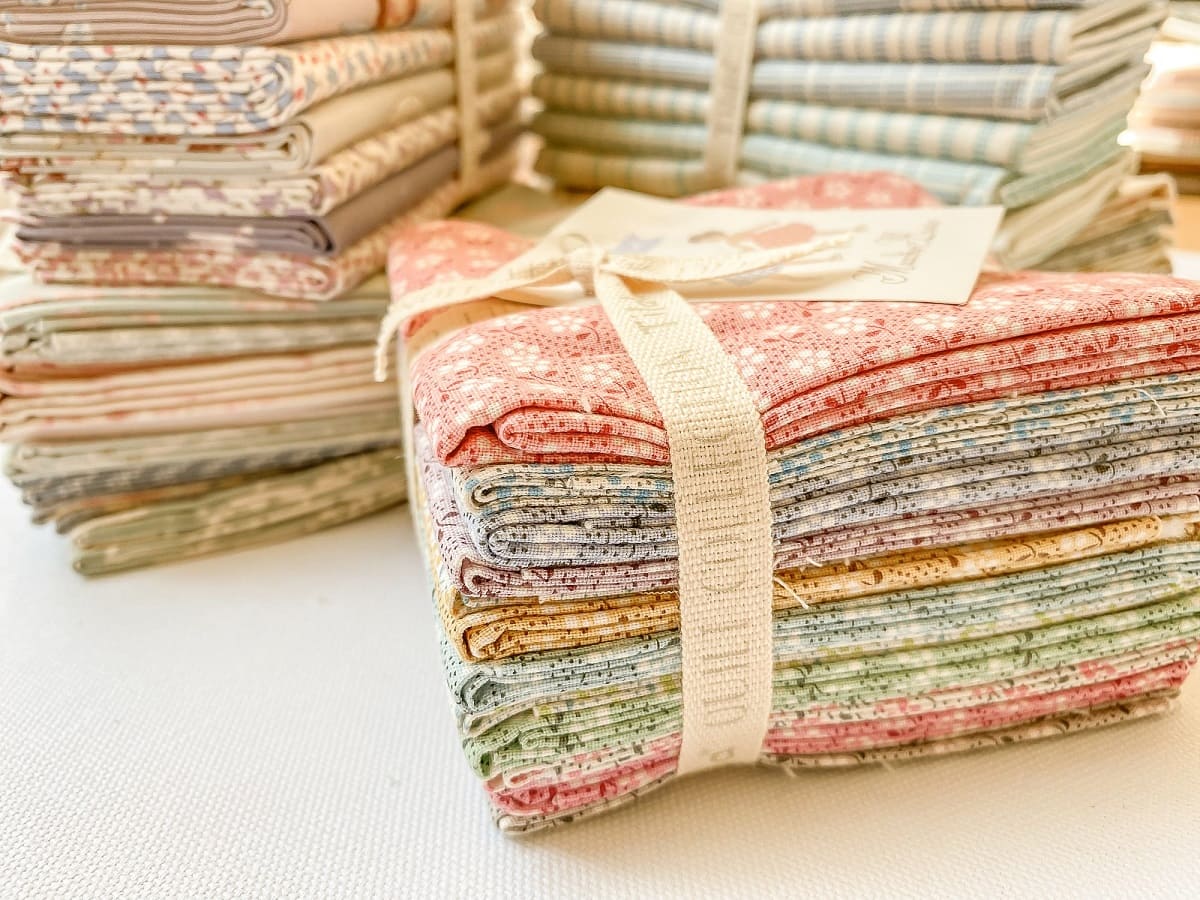
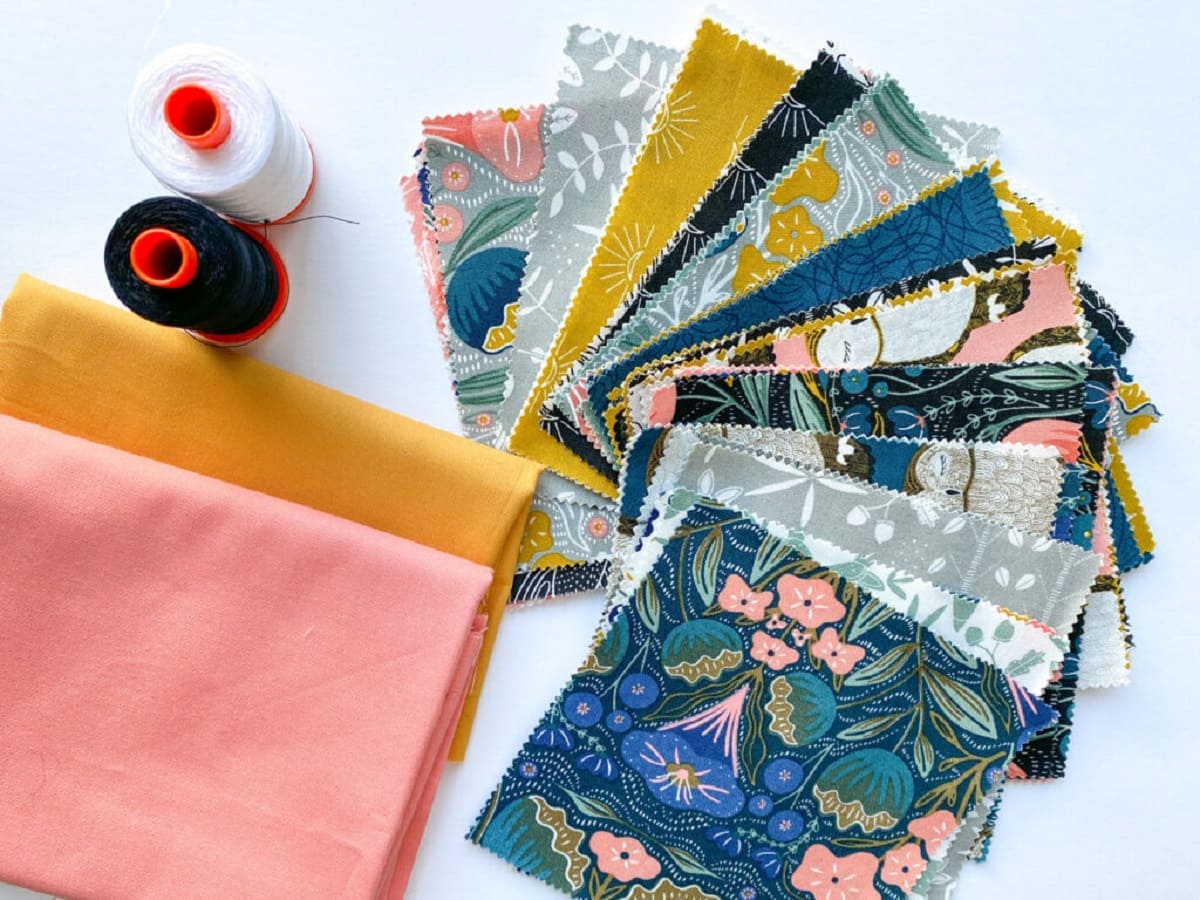
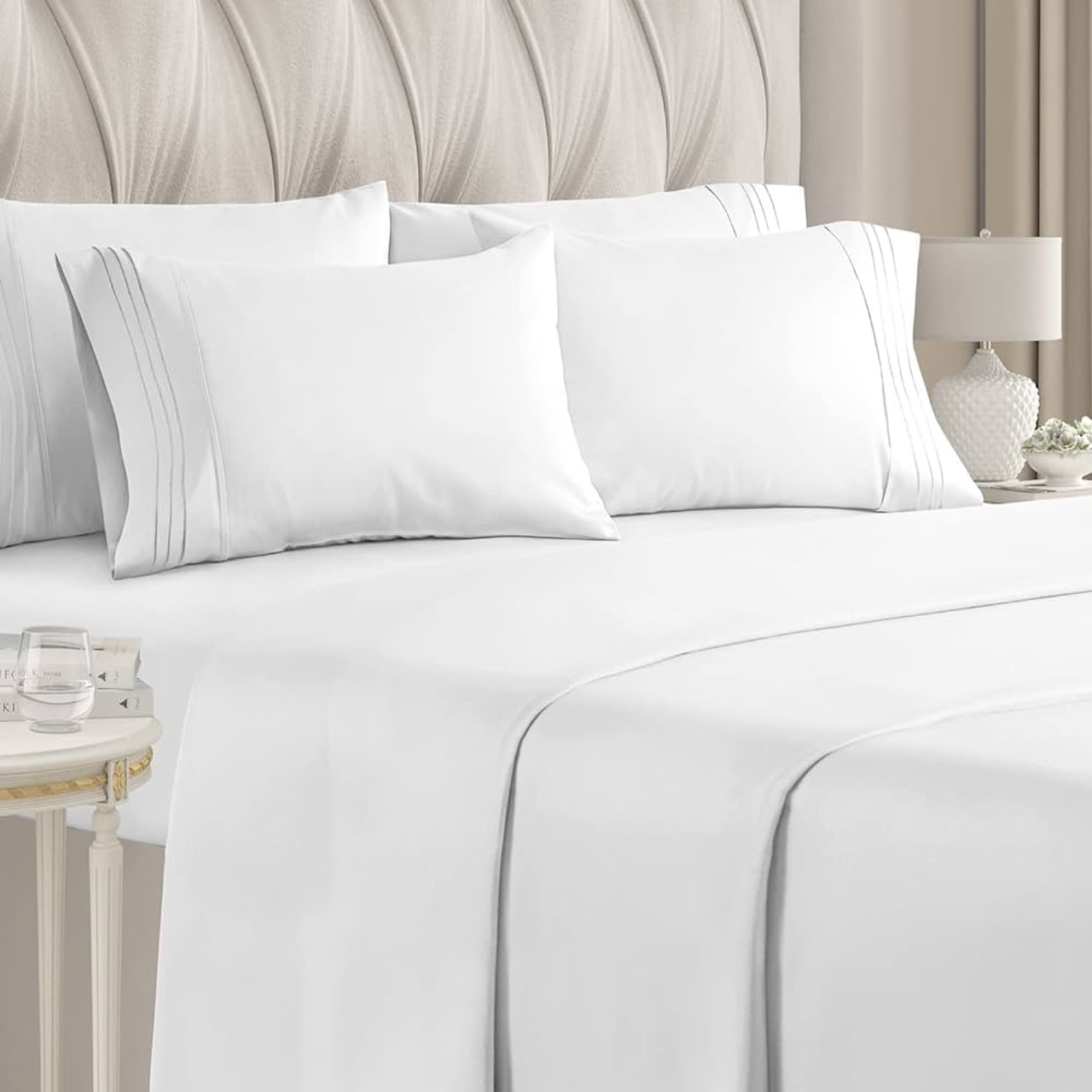
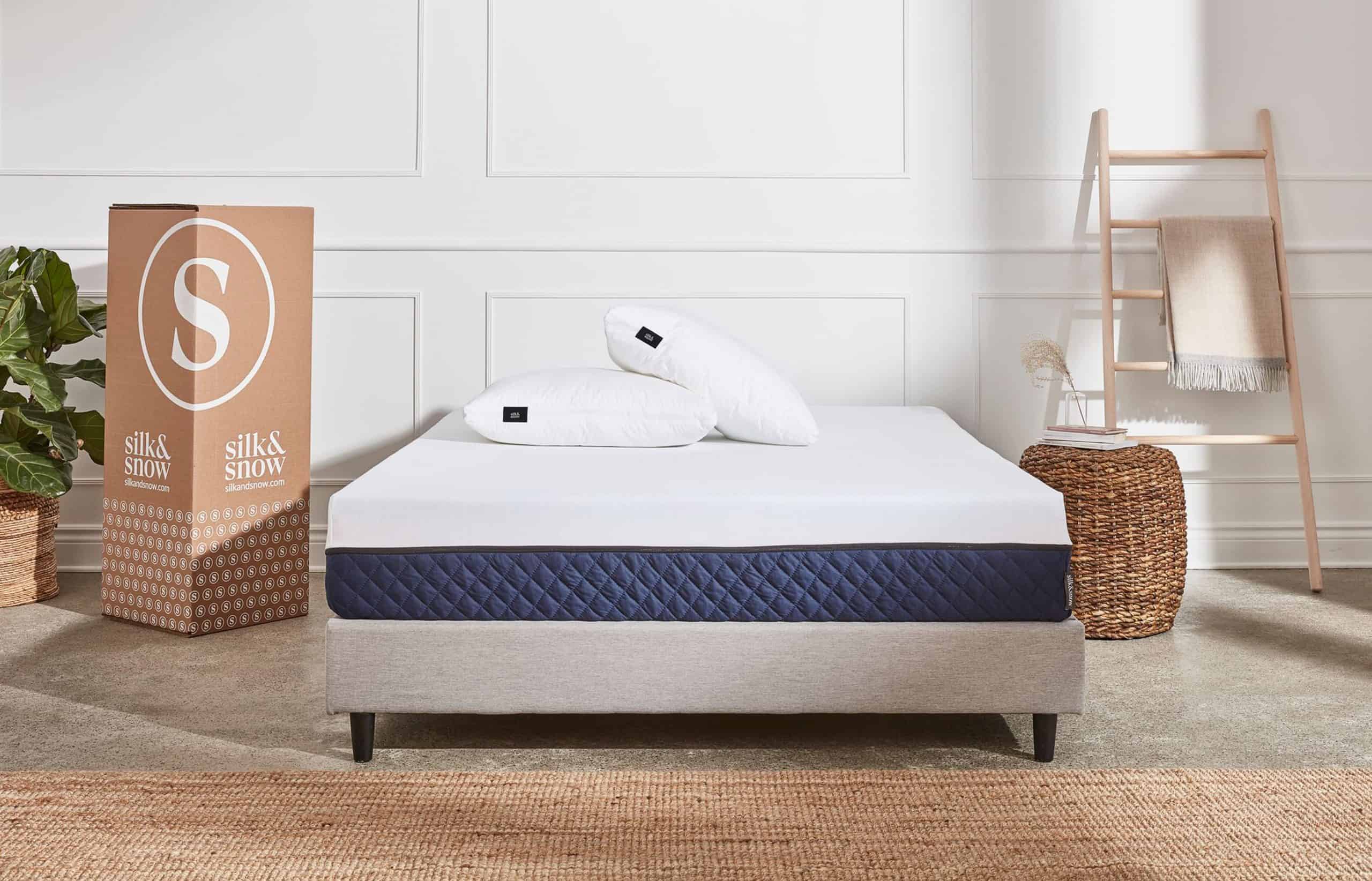
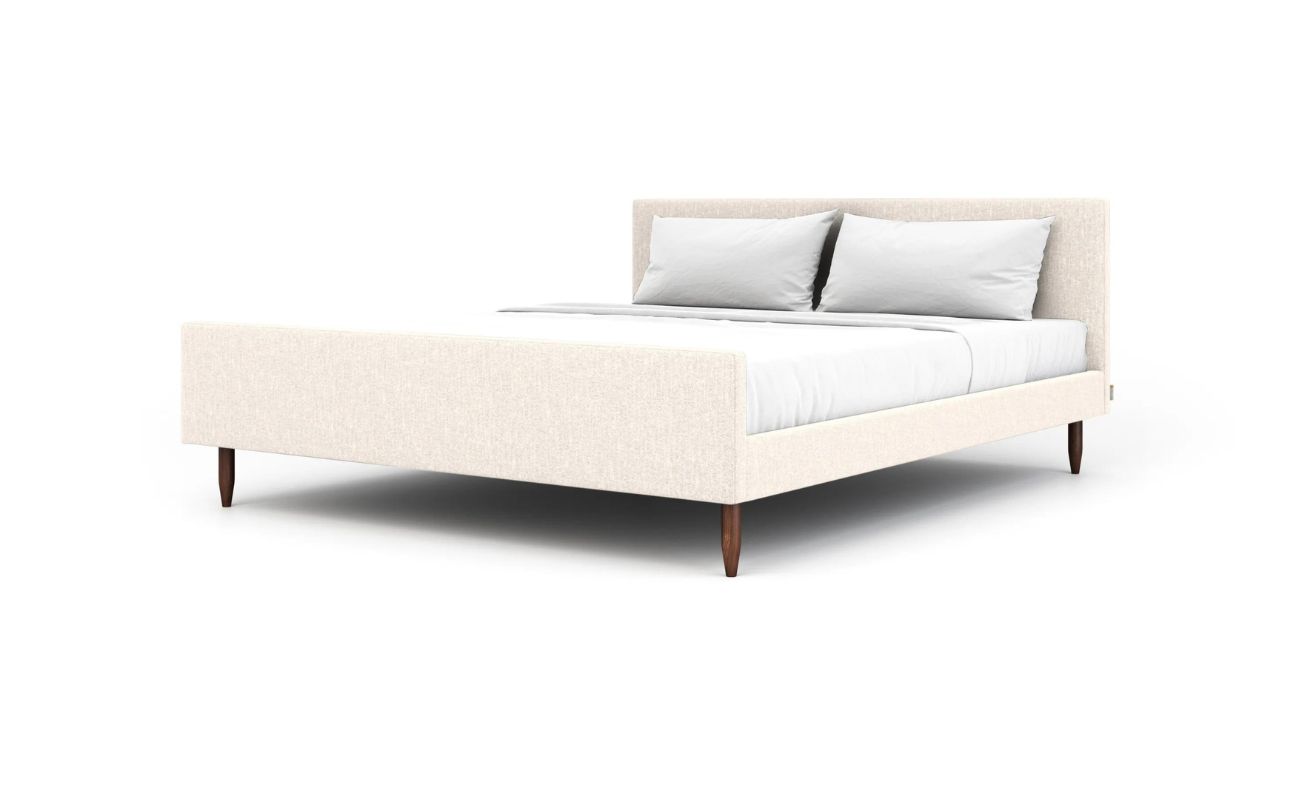

0 thoughts on “How Many Fat Quarters For A Queen Size Quilt”